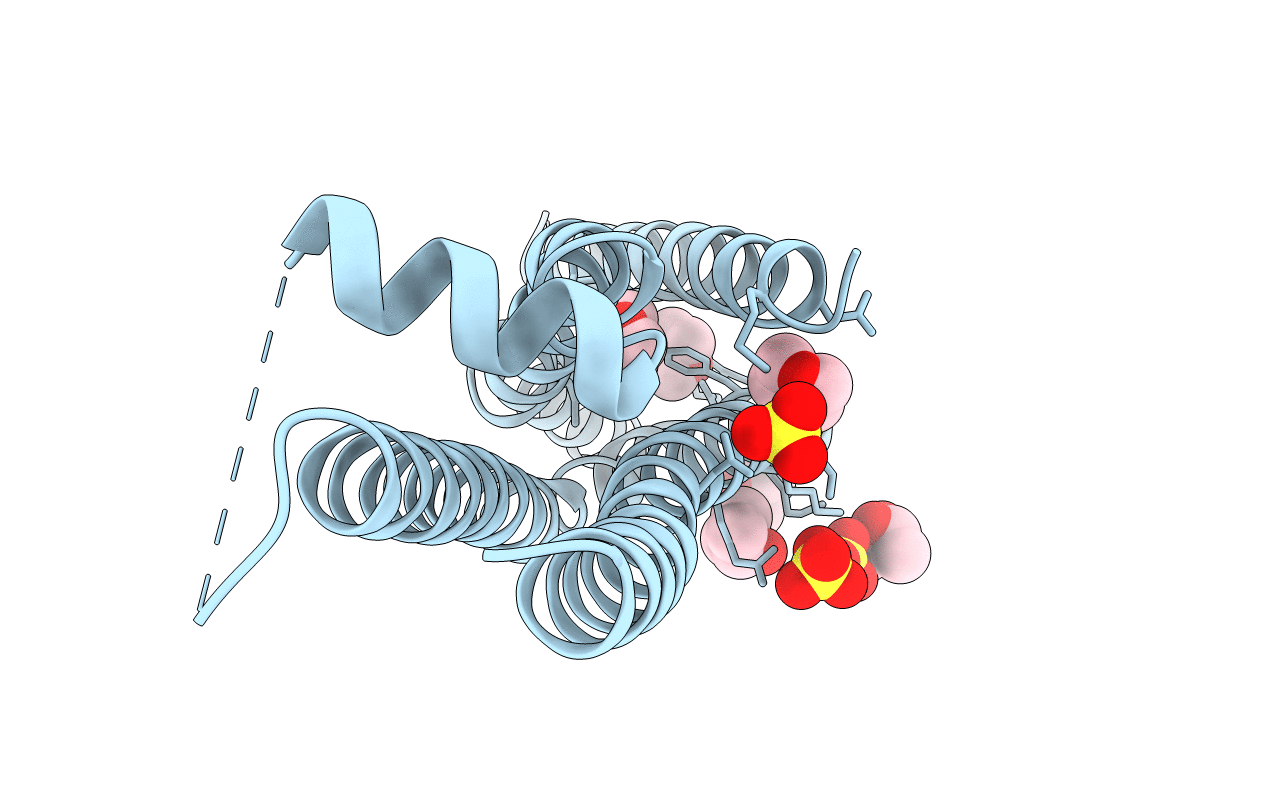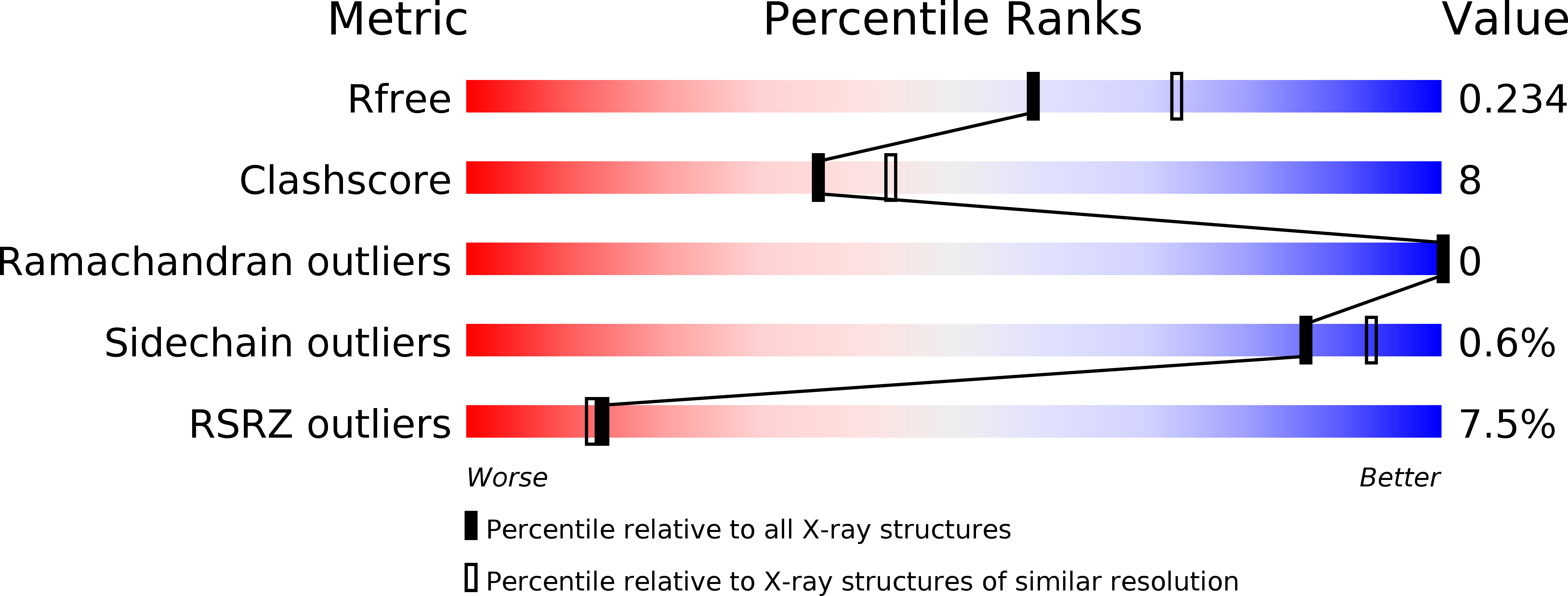
Deposition Date
2012-11-20
Release Date
2013-10-09
Last Version Date
2024-10-16
Entry Detail
PDB ID:
3ZCI
Keywords:
Title:
Crystal structure of Helicobacter pylori T4SS protein CagL in a cubic crystal form with a distorted helical conformation of the RGD-motif
Biological Source:
Source Organism:
HELICOBACTER PYLORI (Taxon ID: 85962)
Host Organism:
Method Details:
Experimental Method:
Resolution:
2.20 Å
R-Value Free:
0.24
R-Value Work:
0.20
R-Value Observed:
0.20
Space Group:
F 2 3


